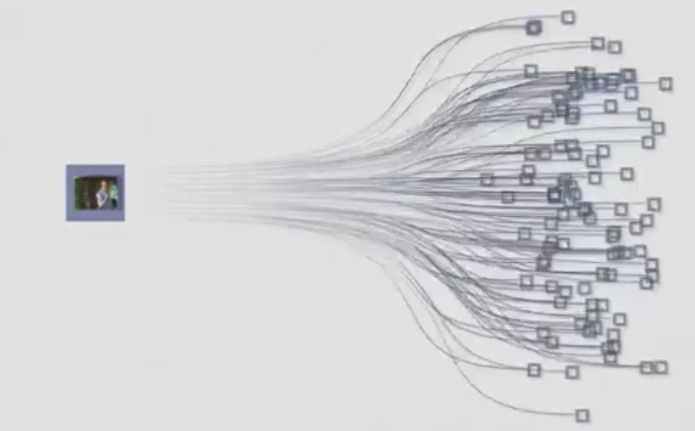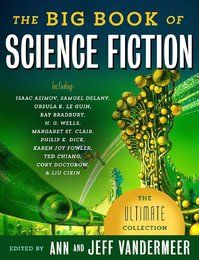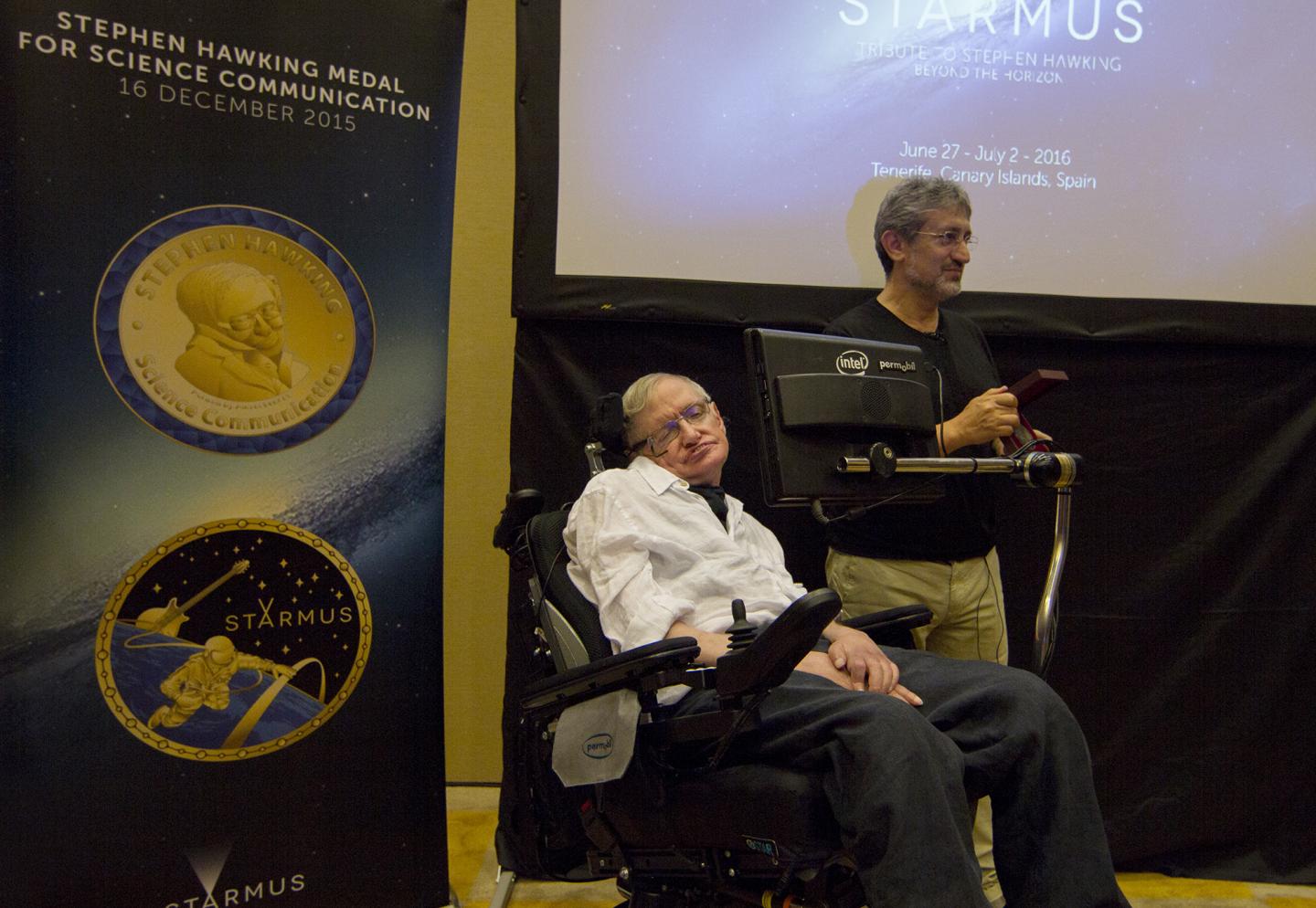When Art Inspires AI; AI composes music.
Who says AI is only for big data crunching and driverless car driving?



Enjoy this VFX Sci-Fi Short Film… 2046. A new energy source, created to solve the world’s energy crisis, is believed to have deadly side effects. When The Signal’s inventor chooses to help a girl warn the public, he gains an unlikely ally to save the world from his own creation. Starring Michael Ealy and Grace Phipps, Written and Directed by Marcus Stokes!
On the web — http://www.thesignalmovie.com
This live action short film was shot in downtown Los Angeles over a weekend. The post production and visual effects took considerably longer and were done by the writer/director Marcus Stokes and a few additional VFX artists.
Starring: michael ealy, grace phipps, doc duhame, casey adams, zack duhame, brian buccellato, ciera payton, and gonzalo escudero.
Writer/director/vfx supervisor: marcus stokes executive producer: tim story producer: chris harding cinematographer: larry blanford editor: melissa lawson sound editor: stephen hunter flick music producer: bear mccreary composer: michael beach, jonathan ortega stunt coordinator: casey adams
SUBSCRIBE — to TheCGBros for more inspiring content!
http://www.youtube.com/user/thecgbro?sub_confirmation=1

““The Big Book of Science Fiction” doesn’t codify a genre the way the Vandermeers’ previous mega-anthology “The Weird” did. Many good science-fiction anthologies exist, though I can’t think of any quite this large or this internationally inclusive.”
The Age of Intelligent Machines was written and produced for the science museum exhibition “Robots and Beyond: The Age of Intelligent Machines” by Ray Kurzweil in 1987. This film was produced for a mainstream audience, and focuses on developments in artificial intelligence. Soundtrack features music by award winning recording artist Stevie Wonder. Film series features two parts: “Machines that Think” and “Intelligence, It’s Amazing!”

Subscribe Here: http://bit.ly/FactsVerse
Twitter: https://twitter.com/FactsVerse
Narrated by: Darren Marlar
www.MarlarHouse.com
Music:
www.bensound.com


Nice.
Renowned physicist, author and broadcaster, Professor Jim Al-Khalili OBE, has been awarded the inaugural Stephen Hawking Medal for Science Communication.
Professor Jim Al-Khalili is the first person to be honoured for his contribution to science with this, first medal of its kind, at STARMUS International Science and Arts Festival in Tenerife on 29 June 2016.
Stephen Hawking Medal recognizes the work of those helping to promote the public awareness of science through different disciplines such as science communication, music, arts and cinema.

Space is not the soundless vacuum movies would have us believe. In fact, judging by these eerie recordings of the music being thrown off by the oldest stars in the Milky Way, space actually sounds like a bit of a party.
The recordings were created by a team of scientists led by Andrea Miglio of the University of Birmingham, using data from NASA’s Kepler missions. After measuring the acoustic oscillations of some of the furthest known distant stars in the Milky Way’s M4 star cluster, the researchers were able to use that data to recreate the sounds and get an idea of just what noises the stars are throwing off. It’s a cacophony, for sure—but a surprisingly musical one that could slide pretty seamlessly into an ambient house track of your choice. (Free idea, DJs.)
Besides being excellent listening, the sounds are also scientifically useful. Measuring the tones from each star let the researchers derive a formula, which they’ve published today in Monthly Notices of the Royal Astronomical Society, to get more precise measurements of star masses and ages. Since the stars are so old, in some cases up to 13 billion years, researchers hope to use the sounds to get even more information about what the universe was like way back then.

Very cool!
Schulich’s Music Multimedia Room has been used as a laboratory for CIRMMT and a favourite recording studio for orchestra-size ensembles since the Elizabeth Wirth Music Building opened in 2005.
By Lev Bratishenko.
The Centre for Interdisciplinary Research in Music Media and Technology (CIRMMT), established by McGill, Université de Montréal and Université de Sherbrooke in 2000, is known for its virtual acoustics work. Some Montreal concertgoers will recall their rare and memorable concerts where the room’s acoustics change at the push of a button. But CIRMMT’s many projects also include research on engineering, information technology, the science of music performance and expanded musical practice.